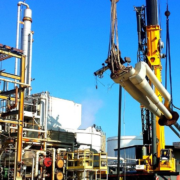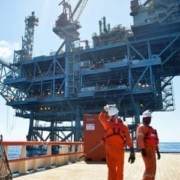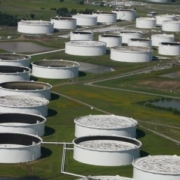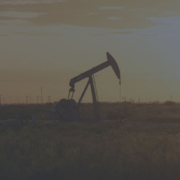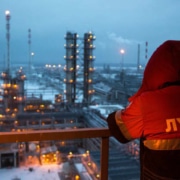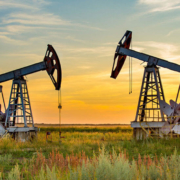The demand for the products they make will remain robust for years to come. Moreover, demand will continue even as the world attempts to transition to lower-carbon energy sources. This is what the leaders of the world’s largest oil companies said on Monday.
At the World Petroleum Congress in Houston, they said that while the world needs to address the risks posed by climate change, global economies cannot function without fossil fuels. The chief executives of Exxon Mobil Corp., Chevron Corp., and Saudi Arabian Oil Co., speaking.
“Oil and gas continue to play a central role in meeting the world’s energy needs, and we play an essential role in delivering them in a lower carbon way,” Chevron CEO Mike Wirth said Monday. “Our products make the world run.”
The conference, one of the industry’s largest, is convening this week as the oil and gas business remains mired in uncertainty because of the pandemic.
Attendees of the World Petroleum Congress in Houston expressed confidence in their industry. This is even as the new Covid-19 variant added to uncertainty about the global economy.
Click here to read the full article
Source: The Wall Street Journal
If you have further questions about the topic of demand for oil and more, feel free to contact us here.

